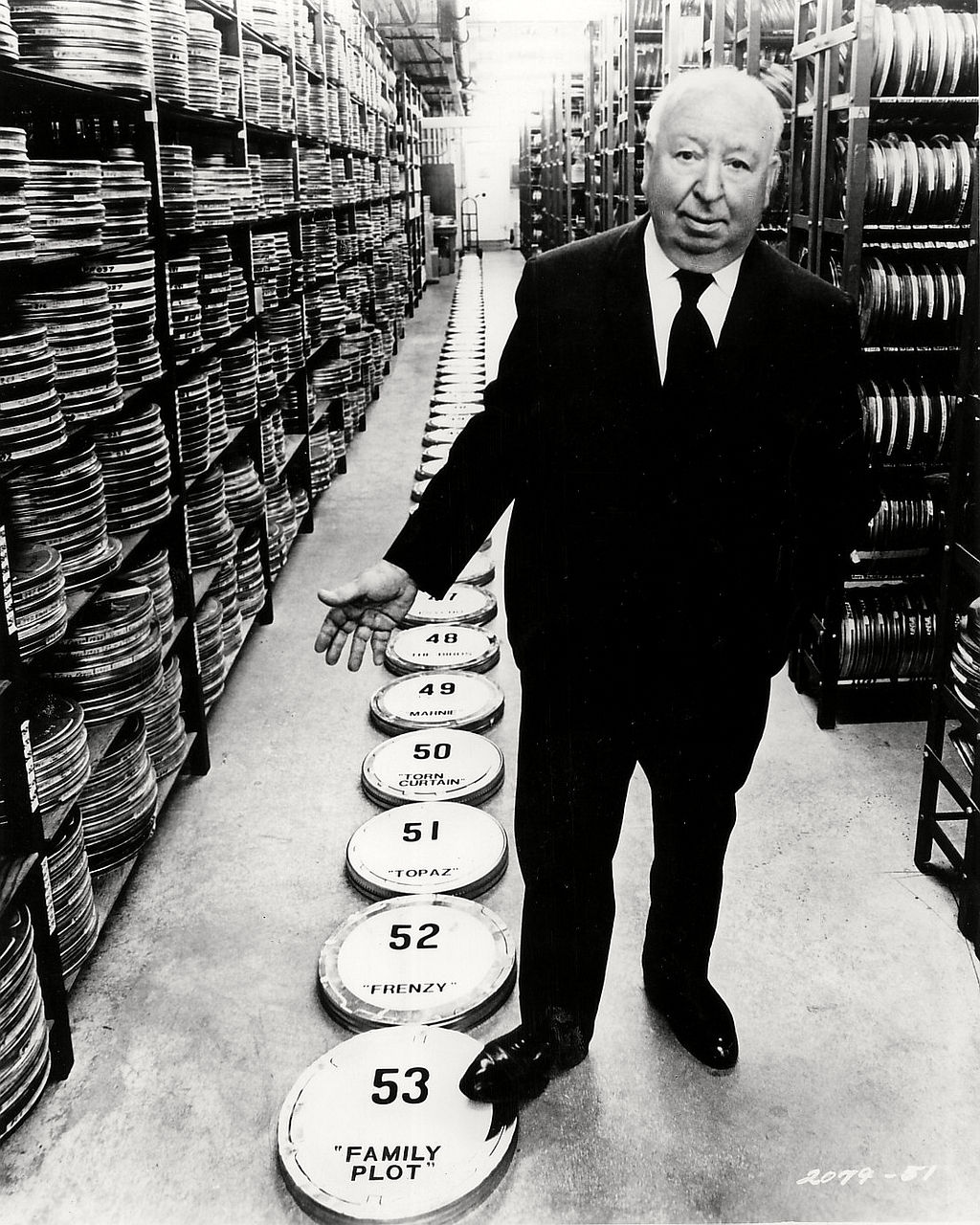Some of the most intriguing people are arseholes. Not that loudmouth at the bar or the person that cuts you off in traffic. Or even the arsehole that goes out of their way to be rude to workers in the service industry. That type is just the basic bottom of the food chain arsehole. They would be like a type D or E if you were to label them. But there are far more complexities involved in becoming a Type A arsehole.
These are the ones that end up becoming iconic. One just has to observe Hollywood. There are plenty of arseholes. And, I don’t mean the actors, rather, the characters that they play. In fact, you probably seek out these arseholes when you finish work. You get comfortable in your couch, switch on Netflix, Amazon or whatever, and then become immersed in a world of arseholes.

See, both creative writers and film-makers refer to them as villains, but at their core, a villain is just a softer word for arsehole. As the Alfred Hitchcock proclaimed –
“The more successful the villain, the more successful the picture”.
Alfred Hitchcock
This is the Hitchcock principle. One just has to observe Cersei from Game of Thrones. Without question, she was the most intriguing character in the series. Primarily because she was a calculating arsehole. Cersei achieved more in propelling the narrative forward, through manipulation and driving huge amounts of conflict into the storyline, than Jon Snow or the dragon queen ever did. Because as any storyteller will tell you that conflict drives the narrative, and if you don’t have conflict, then you don’t have a story.
Take other great arseholes like Patrick Bateman, Annie Wilkes, or a Hans Landa to name a few. Whilst their opposites, the protagonists played a part, it was these antagonists that grabbed your attention. They weren’t just arseholes, they were far more valuable than that. They were the drama, the conflict, and the entertainment all-in-one. They became iconic. So, what does this have to do with Conor McGregor? What do fictional stories and characters have in common with the fight world? Well, more than you would expect.
The journey of a fight has a similar trajectory to a film. An inciting moment, followed by rising tension, leading to the confrontation, and finally, the resolution. The clutch element that McGregor achieved was his focus on all parts of the fight narrative – not just the fight. See the greatest gift McGregor possessed wasn’t just that ‘precision beats power and timing beats speed’ fighting ethos. Much like any great story, McGregor mastered the art of conflict, because as we know, conflict drives the narrative. And, without it, the story is just not the same.
Pak Roman Yurievich, CC BY-SA 4.0 https://creativecommons.org/licenses/by-sa/4.0, via Wikimedia Commons
It has become fighting folklore watching a shirtless McGregor throwing darts at a picture of Jose Aldo, then ripping the picture in half and screaming –
“Tell him I’m coming, tell him I’m coming”.
Conor McGregor
Or McGregor sticking his head out of a car window and gleefully singing ‘Bichano, bichano – translation pussy’. Then there was the surgical destruction of the Showtime boss, Stephen Espinoza, when McGregor proclaimed:
“If there’s ever a man that looks like a weasel, that’s fucking it”.
“What are you going to do?”
“Are going to stand up and do something?”
“You sit down and shut your fucking mouth”.
Conor McGregor
It was these moments, plus countless others, that made McGregor one of the most talked about athletes on the planet. More so, he become something that would make both Cersei and Patrick Bateman proud. A Type A arsehole. But that version of McGregor disappeared long ago.
The Conor McGregor of today, in particular the last 18 months, feels like Disney have bought his rights and transformed him into a P.G rated mister nice guy. This was evident during the build-up to his last fight at UFC 257, which unfortunately was somewhat of a bore. No conflict, no tension, nothing driving the narrative.
Take nothing away from Poirier’s performance, it was outstanding and he is nothing short of a class act. But the new gentleman persona adopted by McGregor would have had the ‘old’ McGregor asking –
“Who the fuck is that guy?”
Conor McGregor
And whilst many of the purists will be against the dramatics, arguing that the ‘old’ McGregor’s antics were tiresome, unsportsmanlike, and a bit over-the-top. They can’t dispute that he wasn’t box office. Because McGregor at his peak, and at his glorious best was more than just a villain or an antagonist, he was the gold standard of arseholes and an iconic one at that.
With the announcement of UFC 264, one hopes that McGregor buries the current nice guy approach and adopts the Hitchcock principle – ‘the more successful the villain, the more successful the picture’. Because when he is an arsehole, the story is so much more compelling.




